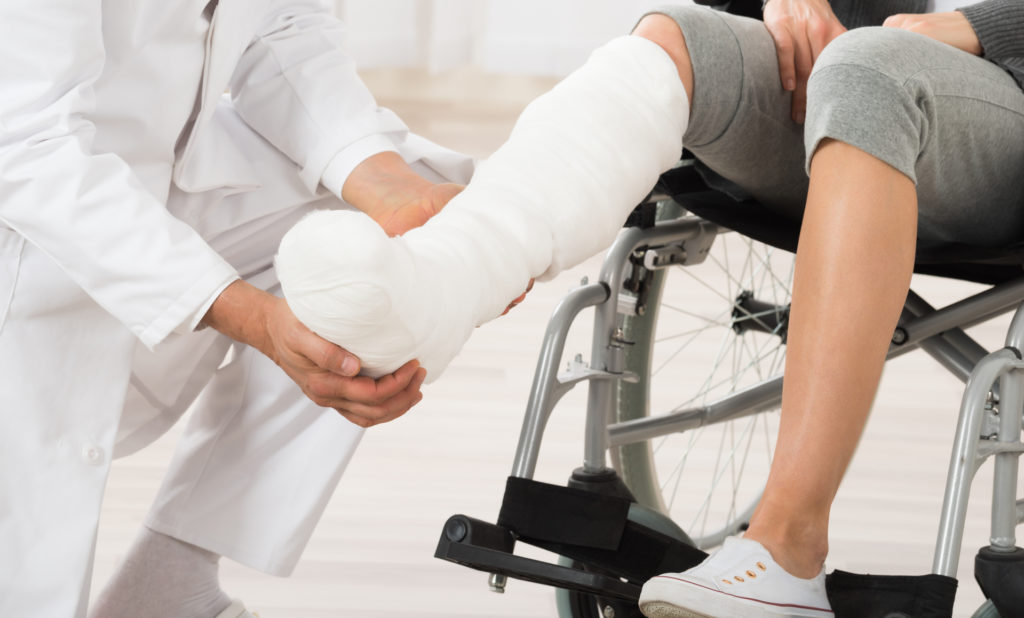
Can you still walk with a broken femur
A person is able to walk here and there with the use of the legs and feet. Any problems affecting this lower limb can cause discomfort when walking. In some cases, a person may be unable to walk temporarily and need to get aid such as using crutches or a wheelchair to allow them to move around until a person is said to be able to try walking again. Have you ever wondered how realistic it is in movies or dramas, still able to walk after they jumped off from a 4-story building and landed on their feet? Plus, you can even see them running or still fight in action.
Truthfully, a normal person would not be able to walk, especially with a broken femur. Getting hit by a car while walking, motor vehicle or motorcycle crash and gunshot wounds may also lead to broken femur. Medical conditions such as osteoporosis may make the elderly to be susceptible to broken femur due to weakened bone. Femur or the thigh bone is the longest and strongest bone in the body. The femur plays the role of weight-bearing, meaning it supports the body when a person walks or stands upright. When a femur is broken, you can definitely understand that it takes a huge amount of force or blow to break it due to the integral structure it possesses and a person is unable to walk because the femur can no longer support the body.
The femur can be divided into three parts, the upper end, the main body and the lower end. These three parts are prone to breakage. Fracture to the main body or the femoral shaft is usually referred to as serious injury associated with severe trauma and in most cases requires surgery to heal. The only way to get a clear picture of a broken femur is to do an imaging test such as x-ray. Sometimes, CT-scan might be needed to get a clearer image of the break.
Since it is pretty impossible to know if a person is having a broken femur, there are some signs or symptoms you can look for before suspecting it is a broken femur. This includes an immediate severe pain after a trauma, inability to put weight on the injured leg such as standing, the injured leg seems twisting or in an unusual position, bony pieces that seem to be pushing on the skin and shortening of the leg that can be seen in the injured leg compared to the uninjured one. Other nonspecific symptoms such as bruises and breaks in the skin may also be visible. By spotting these, it should signify you to get yourself or the person suspected of brown femur to the nearby healthcare facility especially the emergency room for further investigation. If you are unable to get there quickly and the injury seems severe, it is better to call for an ambulance.
While getting to the health facility or waiting for an ambulance may seem to solve everything, it is necessary to practise some steps before reaching the facility or until the ambulance arrives. Avoid moving the injured leg by keeping it straight and fixating in by putting cushion or clothing below the leg to provide support. Never attempt to realign the bones that are already misplaced. Try to cover any open wounds with a clean cloth or clothing and put direct pressure on the wound if bleeding occurs. If the person seems pale, cold and sweaty, this could be a sign of a person in shock. In this case, lie the person down and help keep them warm and calm them until the person receives medical help. Know about out Hajj vaccination package.

